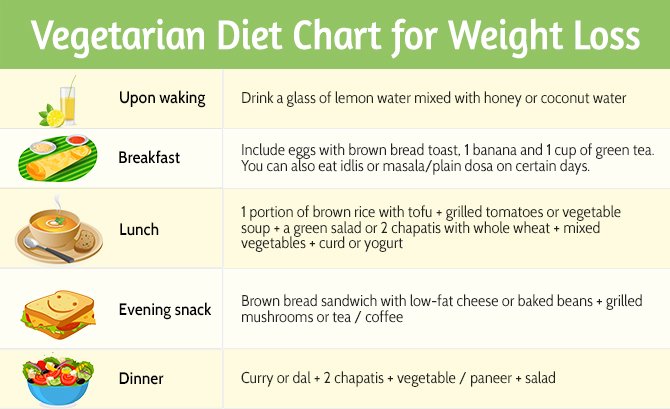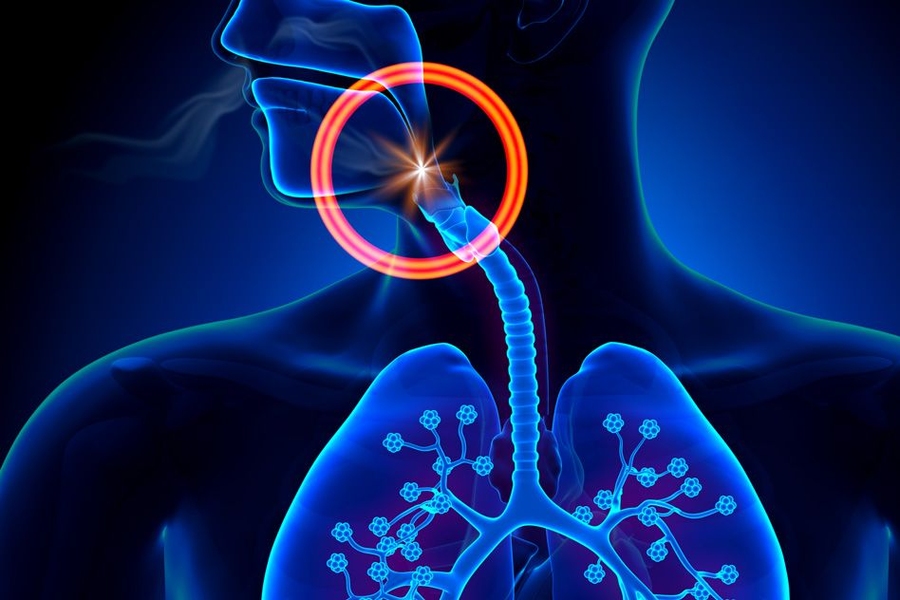
Soy is a type of legume that originated in Asia. Soy has been a staple in many Asian diets since ancient times and is now a popular food all over the world.
Because of its potential to prevent obesity, heart disease, and cancer, soy has been in the news quite a bit lately. But is soy good for you as well?
While soy has many benefits phytochemicals there are some concerns about soy's nutritional content and long-term consequences on growth, digestive, sexual maturation, thyroid health, breast cancer risk, and other aspects. A higher risk of breast cancer and ovarian cancer has been found in soy due to high levels of plant-based estrogens.
You can reduce the amount of soy in your diet by choosing minimally processed foods like soybeans, tempeh, tempeh, and edamame. These foods have less sodium, sugar, fat and added ingredients than highly processed soy products such as soy sauce, soy milk, protein powders and energy bars.

Soya Health
Many whole soy foods have phytochemicals which have been proven to lower the risk of developing heart disease, certain cancers, and type 2 diabetes. They are also high in fiber, vitamins B complex and protein.
The best way to get all the nutrients your body requires is to eat minimally processed soy products. If you're new to eating soy, start with soy milk, tofu and edamame.
Soy is vegan
Soy is an excellent choice for vegetarians and vegans looking for a snack or meal. Soy can be used in many dishes to replace meat and fish, and it is also a great source for protein.
Soy is good for your heart
Many phytochemicals and antioxidants found in soy may protect you from heart disease, certain cancers, and type 2 Diabetes. These compounds reduce LDL cholesterol, blood Pressure and inflammation. They can also help increase HDL cholesterol. This is the good type of cholesterol that promotes healthy heart function.
Soya Oil Can Help with Menopause Symptoms
Some common symptoms of menopause like night sweats or hot flashes can be managed effectively by eating soy. Studies have shown that soy consumption can help reduce the symptoms.

It may also reduce anxiety and depression. You can reduce your risk of gout and bone loss by adding soy to the diet.
According to National Cancer Institute, soy has low risk of gastrointestinal side effect. However, soy allergies have been reported by some people.
Women who are trying to conceive should consider cutting back on soy. Soy is high in phytoestrogens. These are hormones made from plants that can disrupt normal uterine function and the development of a baby.
Pregnant women should limit their soy intake to ensure safe delivery and healthy births. A pregnant woman should not consume more than 100mg (mg), of soy isoflavones daily.
FAQ
What is the difference of fat and sugar?
Fat is an energy source that comes from food. Sugar is a sweet, naturally occurring substance in fruits and vegetables. Both sugars, and fats, have the same calories. However, fats contain more than twice as many calories as sugars.
Fats are stored in the body and contribute to obesity. They can increase cholesterol levels in the arteries and cause strokes and heart attacks.
Sugars can be quickly absorbed by your body and give you instant energy. This causes blood glucose to rise. High blood glucose levels are dangerous as it can increase the likelihood of developing type 2 diabetes.
What should I eat?
You should eat lots of vegetables and fruits. These vegetables and fruits are rich in vitamins and minerals that will keep your immune system strong. They are also rich in fiber, which is good for digestion and makes fruits and vegetables filling. You should eat at least five servings per day of fruits and vegetables.
You should also drink lots of water. Water flushes toxins from the body and gives you a full feeling between meals. Drink about eight glasses each day.
Whole grains are better than refined grains. Whole grains have all the nutrients they need, including B vitamins. Refined grains lack some nutrition.
Avoid sugary beverages. Sugary drinks are loaded with empty calories and contribute to obesity. Instead, you can opt for water or milk, as well as unsweetened herbal teas.
Avoid fast food. Fast food has very little nutritional value. It may taste great but it won't give you the energy you need to function properly. Use healthier options, such as soups, sandwiches, salads, and pasta.
Limit alcohol consumption. Alcohol contains empty calories and contributes to poor nutrition. Limit your intake to two alcoholic drinks per week.
Red meat consumption should be reduced. Red meats can be high in cholesterol and saturated fat. Opt for lean cuts of beef, pork, lamb, chicken, fish, and turkey instead.
Which lifestyle is best for your health?
The healthiest lifestyle to live is one where you eat healthy food, exercise regularly, sleep well, and avoid stress. You will live a long and happy life if you adhere to these guidelines.
You can start by making small changes in your diet and exercise routine. You can lose weight by walking 30 minutes each day if you are looking to lose weight. Swimming or dancing are great options if your goal is to become more active. You could also join an online fitness program like Fitbit or Strava that tracks your activity levels.
What's the difference between a virus & a bacterium?
A virus is a microscopic organism that cannot reproduce outside its host cell. A bacterium is a single-celled organism that reproduces by splitting itself in two. Viruses are very small (about 20 nanometers) while bacteria are larger (up to 1 micron).
Viruses can be spread by contact with bodily fluids containing infected substances, such as saliva, urine and semen. Bacteria are usually spread through direct contact with contaminated objects or surfaces.
Viruses can get into our bodies through cuts and scrapes on the skin, bites or other injuries. They can also penetrate the nose, lips, eyes and ears, vagina,rectum, or anus.
Bacteria may enter our bodies through cuts and scrapes on our skin, burns, insect bites, and other wounds. They can also get into our bodies via food, water or soil.
Viruses and bacteria both cause illness. Viruses cannot multiply in their host cells. They can only infect living cells and cause illness.
Bacteria can grow in their hosts and cause disease. They can infiltrate other parts of the body. Antibiotics are needed to eliminate them.
Statistics
- The Dietary Guidelines for Americans recommend keeping added sugar intake below 10% of your daily calorie intake, while the World Health Organization recommends slashing added sugars to 5% or less of your daily calories for optimal health (59Trusted (healthline.com)
- According to the 2020 Dietary Guidelines for Americans, a balanced diet high in fruits and vegetables, lean protein, low-fat dairy and whole grains is needed for optimal energy. (mayoclinichealthsystem.org)
- In both adults and children, the intake of free sugars should be reduced to less than 10% of total energy intake. (who.int)
- Extra virgin olive oil may benefit heart health, as people who consume it have a lower risk for dying from heart attacks and strokes according to some evidence (57Trusted Source (healthline.com)
External Links
How To
What does the term "vitamins" mean?
Vitamins are organic compounds found naturally in food. Vitamins are essential for our bodies to absorb nutrients from the foods we eat. Vitamins are not made by the body, so they must be obtained through food.
There are two types of vitamins: water soluble and fat soluble. Water-soluble vitamins dissolve in water easily. You can find vitamin C,B1 or thiamine, B2 or riboflavin and B3 or niacin. B6 is pyridoxine. Folic acid, biotin and pantothenic are some examples. Fat soluble vitamins are stored in the liver and fatty tissue. Vitamin D, E, K and A are some examples.
Vitamins are classified according to their biological activity. There are eight main groups of vitamins.
-
A - vital for normal growth and maintaining good health.
-
C - essential for proper nerve function, and energy production.
-
D - essential for healthy teeth and bones.
-
E is required for good vision and reproduction.
-
K - essential for healthy nerves, muscles, and joints.
-
P – Vital for building strong bones.
-
Q – aids digestion and absorption.
-
R - Required for red blood cell production
The recommended daily intake (RDA), of vitamins varies with age, gender and physical conditions. The U.S. Food and Drug Administration has established the RDA values.
For adults aged 19 or older, the RDA of vitamin A is 400mg per day. Pregnant mothers need 600 micrograms a day to ensure fetal growth. Children ages 1-8 require 900 micrograms per day. Children under 1 year old require 700 micrograms daily, while infants over one year old need 500 micrograms every day. This decreases between 9 and 12 months.
Children aged 1-18 years need 800 micrograms daily, while children overweight require 1000 micrograms per days. Children who are severely obese or underweight will need 1200 micrograms each day.
Children ages 4-8 years who have been diagnosed with anemia need 2200 micrograms per day of vitamin C.
2000 micrograms is the minimum daily intake for general health in adults older than 50 years. Because of their higher nutrient needs, women who are pregnant or nursing need 3000 mg per day.
1500 micrograms is the recommended daily intake for adults aged 70+, as they lose 10% of their muscle every ten years.
Women who are pregnant or lactating need more than the RDA. Pregnant women require 4000 micrograms daily during pregnancy, and 2500 micrograms every day after birth. Breastfeeding mothers need 5000 mg per day when breastmilk is being produced.